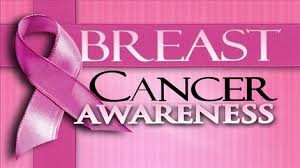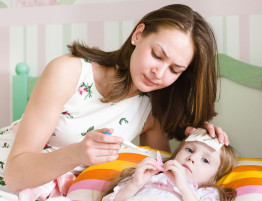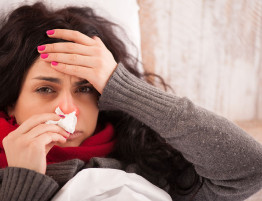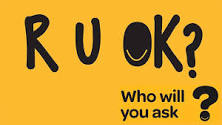
October is the month for International Breast Cancer Awareness. The Pink Ribbon is very identifiable as the symbol for Breast Cancer Awareness. Breast Cancer is attributable to 28% of all cancer diagnosis in women and the second leading cause of female cancer deaths.
We all love our family however the major risk factor in the development of breast cancer is family genetics. If your family has a history of breast cancer then appropriate medical professional check ups, diagnostic testing, self awareness and self examination are essential.
Breast cancer does not discriminate it affects both Men and Women, the Australian Institute of Health and Welfare, this means that approximately 18,235 Australians will be diagnosed with breast cancer in 2018. On average, 50 people will be diagnosed with breast cancer every day.
The number of women and men being diagnosed with breast cancer in Australia is increasing however the number of deaths from breast cancer is decreasing.
Self Examination is something that everyone can do to, so that you know how your individual breasts feel. When self examining for lumps ensure to check the breasts, sides around to the armpits and up towards the collarbone. Ensuring that anything unusual is followed up by a visit to your GP.
Other symptoms such as changes to the shape and size of the breast, changes to the nipples including sores or discharge, breast skin dimpling, red swollen breast or a breast with a rash, sore or ulcer all need to be assessed by a medical professional. Mammogram screening for women aged 50-74 is recommended every 2 years. However studies reveal that a mere one in two women will have a mammogram. The aim of the mammogram screening is to increase early detection and improve treatment outcomes and ultimately survival.
Survival rates have been improving progressively and it is now estimated that breast cancer survival rates five years post diagnosis are approximately 90% which can be attributable to early detection and treatment.
Unfortunately in Australia we still lose a combined total of 3000 females and males every year. As mentioned before the risk factors include family history, inherited mutated genes known as BRCA2, BRCA1 and CHEK2. Plus other risk factors include aging, female hormones both naturally occurring within the body and hormones prescribed for medical treatment, obesity and alcohol consumption which is excessive.
Research conducted indicates that everyone can reduce their risk of developing any form of cancer by maintaining a healthy lifestyle with good nutrition and being physically active. Quitting smoking and limiting alcoholic beverages to less than 2 standard drinks per day can decrease your risk of cancer.
For assistance with weight management and quitting smoking you can discuss the matter with your GP and working together you can develop a plan on how to achieve these goals.
Breast Cancer has four institutes working together to provide education, funding for research, funding for treatment, support for the families both during and after treatment.
More information about the institutes involved check out their websites.
www.canceraustralia.gov.au Cancer Australia
www.nbfc.org.au National Breast Cancer Foundation
www.bcna.org.au Breast Care Network Australian
www.mcgrathfoundation.com.au McGrath Foundation
Further information on all health topics they can be located at http://www.aihw.gov.au All information, statistics and research in this blog can be located in the websites listed above.






